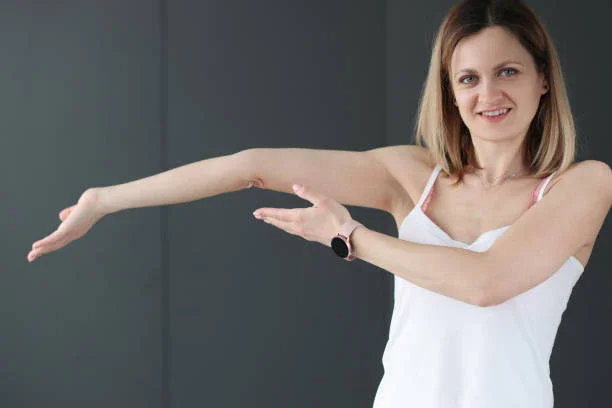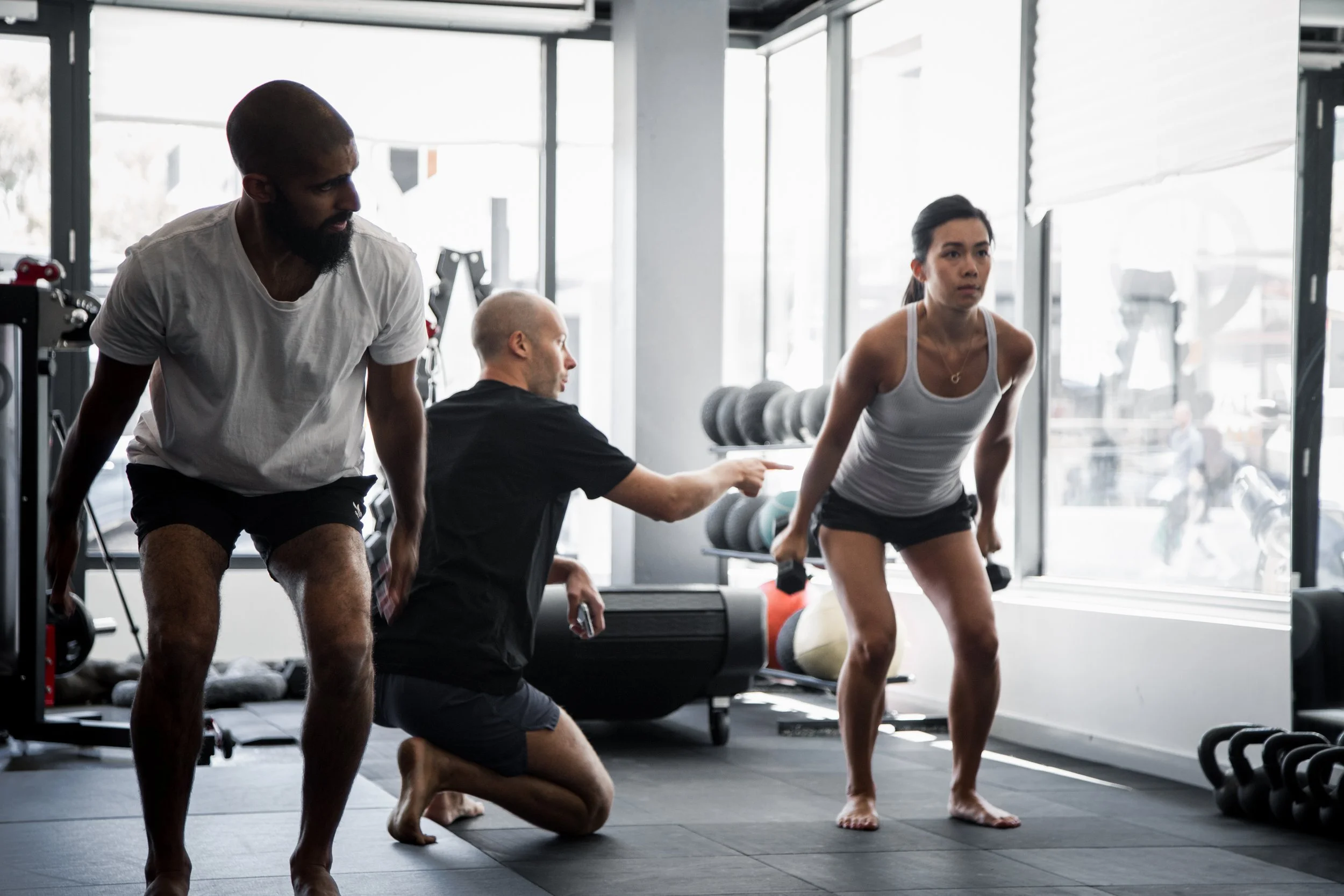Double-Jointed or Hypermobile? Strengthen Your Joints and Improve Stability
Hypermobility joints, often called being “double-jointed,” may seem like a harmless quirk or even an advantage in flexibility. However, hypermobile joints carry hidden risks that can affect your long-term joint health, strength, and overall movement mechanics. Australians experiencing joint hypermobility should be aware of the challenges and adopt effective strategies to protect their joints.
Understanding Hypermobility
What is Hypermobility?
Hypermobility is a condition where one or more joints move beyond the typical range of motion. While many people with hypermobility experience no immediate discomfort, the increased mobility can stress ligaments, tendons, and muscles, leading to joint instability, pain, and movement dysfunction over time.
Double Jointed vs. Joint Hypermobility Syndrome
Not all hypermobility is the same. Being double-jointed hypermobility may be a harmless variation, whereas joint hypermobility syndrome (JHS) or Hypermobility Spectrum Disorder (HSD) often involves chronic pain, joint instability, and systemic complications. Proper diagnosis is essential to prevent long-term issues.
Common Myths and Misunderstandings
A common myth is that hypermobile joints are inherently stronger or more resilient. The truth is, without structured movement training, these joints are more susceptible to subluxation, chronic pain, and compensatory injuries.
The Anatomy of Joint Hypermobility
Connective Tissue Disorders and Hypermobility
Certain connective tissue disorders, like Ehlers‑Danlos Syndrome (EDS), reduce collagen strength and ligament integrity. This laxity results in unstable joints, making daily movements more challenging and increasing the risk of injury.
Role of Tensegrity in Joint Stability
Tensegrity is a key principle in Functional Patterns. It describes how muscles, fascia, and connective tissues work together to stabilise joints. For hypermobile joints, restoring tensegrity is critical to reducing strain and preventing injuries.
Impact on the Myofascial System
Hypermobile joints often disrupt the myofascial system, causing inefficient movement patterns, compensations, and long-term muscular imbalances. Structured movement training can help restore alignment, improve strength, and optimise full-body mechanics.
Symptoms and Signs
Chronic Pain Associated with Hypermobility
People with hypermobility often experience chronic shoulder pain, back discomfort, or general joint fatigue due to poor neuromuscular control and joint instability.Recognising Hypermobile Joints: Cracking and Instability
Hypermobility cracking joints, frequent dislocations, or a “loose” sensation are signs of instability. These symptoms often appear in the shoulders, hips, and knees and indicate the need for targeted intervention.Special Focus: Shoulder Hypermobility
Double-jointed shoulders are especially prone to injury. Without proper rotational stability and multi-plane movement training, these joints are at a higher risk of subluxations, muscle imbalances, and chronic pain.
Consequences of Joint Hypermobility
Movement Dysfunction and Gait Integration Issues
Hypermobile joints can alter full-body movement mechanics, creating inefficient gait, postural deviations, and compensatory strain on other joints. Over time, this can result in chronic pain and reduced functional mobility.
Neuromuscular Control Deficiencies
Insufficient muscle activation around hypermobile joints leads to neuromuscular control deficiencies, increasing the risk of injury and reinforcing compensatory movement patterns.
Long-term Effects on Full-body Movement Mechanics
Untreated hypermobility can contribute to chronic pain, poor posture, movement inefficiency, and long-term functional limitations. This underscores the importance of early intervention and structured exercise programs.
Approaches to Management
Movement Training for Hypermobility
Functional Patterns offers a scientifically-backed system to strengthen hypermobile joints safely. Its approach focuses on integrated biomechanics, joint stability, and full-body movement mechanics. Training includes dynamic, multi-plane exercises designed to improve neuromuscular control while protecting hypermobile joints.
Importance of Postural Correction
Correcting posture reduces chronic shoulder pain, prevents compensatory movement patterns, and improves overall alignment. Functional Patterns incorporates postural correction exercises into every session, ensuring lasting improvements.
Integrated Biomechanics: A Comprehensive Strategy
Rather than isolating joints, Functional Patterns addresses the body holistically. By combining tensegrity, myofascial alignment, and neuromuscular training, it provides a complete strategy for hypermobile Australians to improve joint stability, functional strength, and long-term movement quality.
The Importance of Awareness and Early Intervention
Hypermobility joints are more than a party trick—they can lead to chronic pain, joint instability, and movement dysfunction if ignored. Awareness, early intervention, and targeted movement training are essential for long-term joint health.




